

Are you a history enthusiast, eager to explore the past and present of Ho Chi Minh City? Interested in witnessing valuable artifacts, documents, and historical relics of Vietnam? If yes, join BDATrip to discover the Ho Chi Minh City History Museum, a must-visit destination in the city.
The inception of the Ho Chi Minh City History Museum marks the period of French colonial control. Initiated in 1885 and completed in 1890, the building, designed by French architect Alfred Foulhoux, beautifully merges Western Neoclassical style with Eastern elements. Initially intended for displaying products from Southern Vietnam in the Commercial Museum, it later transformed into the residence and workplace of French officials as the Governor's Palace.
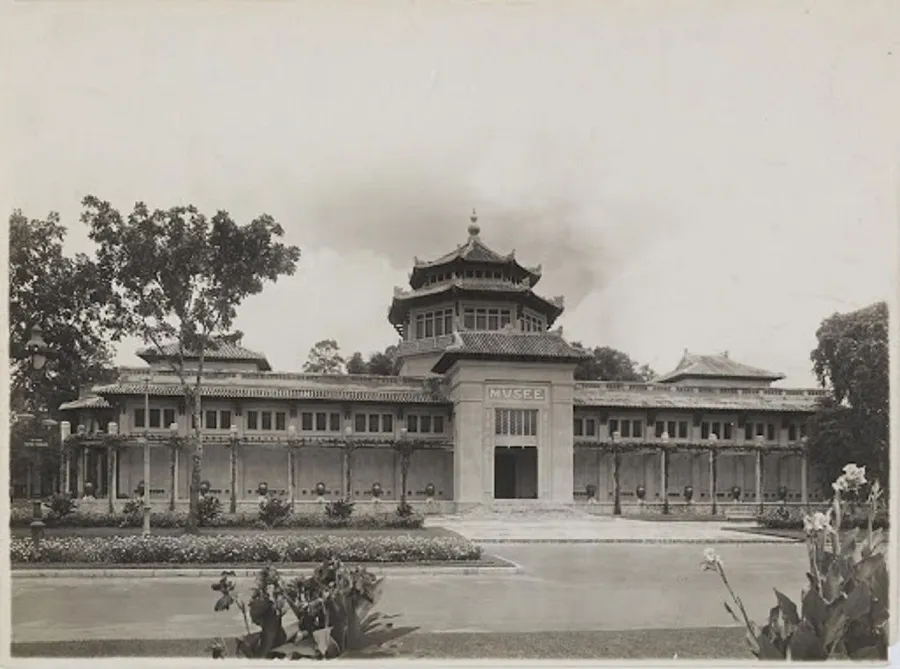
In 1927, the French-founded Indochinese Studies Society acquired artifacts from collector Holbé, proposing the establishment of a museum. The Pacha Đa Lagos Museum, inaugurated in 1929, was named after a French explorer and supervised by the Institute of Far Eastern Antiquities. It exhibited the culture, history, and art of Southeast Asia, focusing on Vietnam, Cambodia, and Laos.
In the second phase, the museum transitioned to the management of the Republic of Vietnam's government, becoming a propaganda center. Following the 1954 Geneva Accords, it was overseen by the Ministry of Education and renamed the National Museum of Vietnam. From 1958, it opened to the public with diverse collections showcasing Vietnamese history, culture, and art, along with other Asian countries.
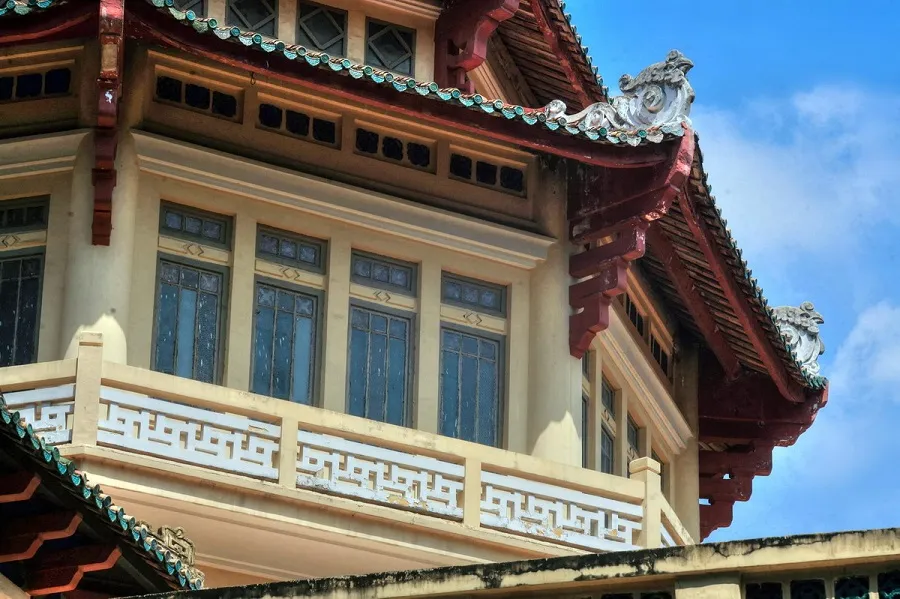
In 1962, the museum was renamed the Saigon - Gia Định Revolutionary Museum, serving the Republic's propaganda and educational goals. Exhibitions included artifacts and documents from resistance against the French and Viet Minh, portraits of historical figures and heroes, social and cultural activities of Saigon, and artworks by renowned city artists.
The current phase began after the April 1975 Revolution, with renovations and upgrades, symbolizing Ho Chi Minh City's culture. Since April 30, 1975, under the Revolutionary Government's management, it has been a hub for cultural, artistic, and thematic exhibitions. In 1978, it was renamed the Ho Chi Minh City History Museum, focusing on the resistance against the US and the city's development.
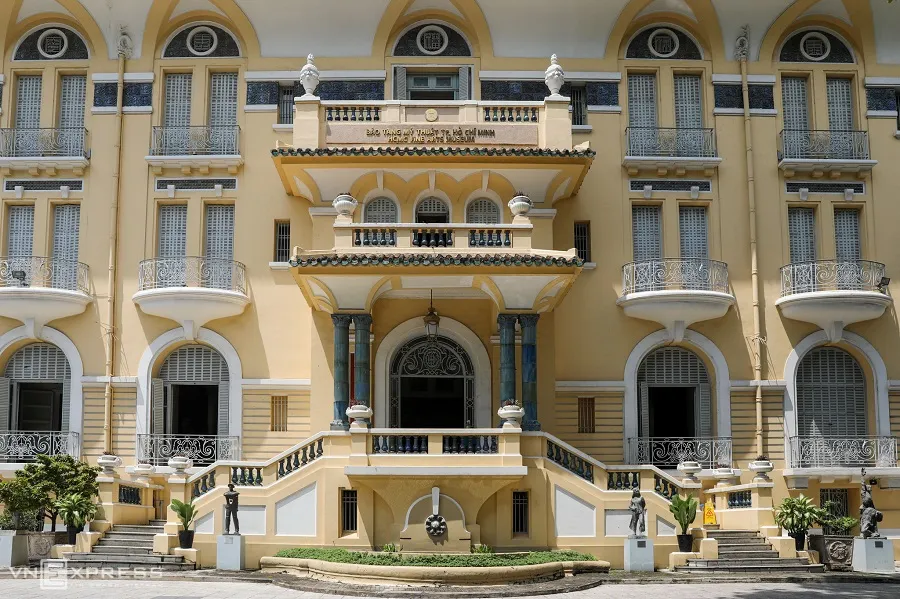
In 1999, after over two decades, the museum was refurbished and upgraded, now showcasing Vietnam's history from its early days to the Nguyen era, Southern Vietnamese cultures, and outdoor cannons. In 2012, it was recognized as a National Monument of Art and Architecture. In 2015, it was rated as a top tourist attraction by Vietnam's General Department of Tourism.
Admission fees for the Ho Chi Minh City History Museum, located at 2 Nguyen Binh Khiem, District 1, are 30,000 VND for adults, 15,000 VND for students, and 10,000 VND for children. Tickets are available at the counter or via the museum's website. It's open daily from Monday to Sunday, 8 AM to 5 PM, with a recommended visit duration of 2 to 3 hours.
To reach the Ho Chi Minh City History Museum, visitors can choose various transport modes like buses, motorcycles, cars, or bicycles. Conveniently located in the city center, near Tao Dan Park, the City Theater, and the Fine Arts Museum, finding the museum is easy. Directions are available on maps or apps like Google Maps, Grab, or GoViet.

If traveling by bus, routes such as 03, 04, 18, 19, 36, 52, 56, 93, or 109 stop at Nguyen Binh Khiem - Dinh Tien Hoang station. From there, it's a short 300-meter walk to the museum. For those using motorcycles, cars, or bicycles, parking facilities are available near the museum, with fees ranging from 5,000 to 20,000 VND, depending on the vehicle type.
The building number 1 hosts the main exhibition, preserving and displaying a vast array of historical artifacts and documents. Visitors can delve into the continuous formation and development of the Vietnamese nation, from its earliest times to the Nguyen Dynasty. The collection includes ancient tools, daily objects, and warfare equipment, along with statues, pottery, and jewelry from various cultures. Particularly, engraved works, maps, contracts from feudal dynasties, and weapons, armor, and flags from resistance movements offer a deep insight into Vietnam's history.
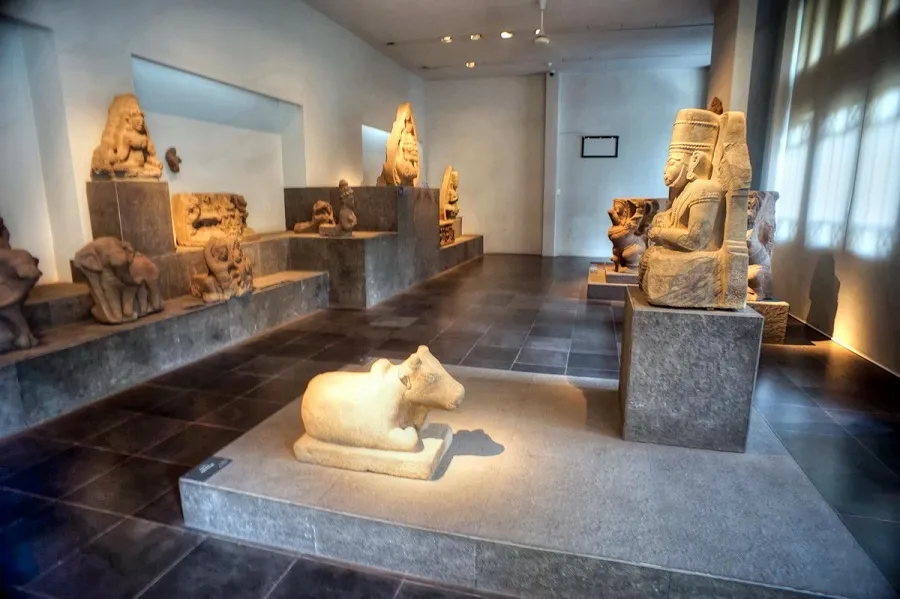
The ground floor of building number 2 provides an in-depth look at the culture, customs, and daily life of the minority groups in Southern Vietnam, including the Khmer, Cham, Hoa, Khơ-me, Stiêng, Mạ, M'nông, and others. Visitors can admire traditional costumes, everyday tools, religious items, and labor instruments, as well as models of houses and villages. Additionally, the area showcases unique festivals, folk songs, traditional musical instruments, and opera performances, providing a rich and diverse cultural experience.
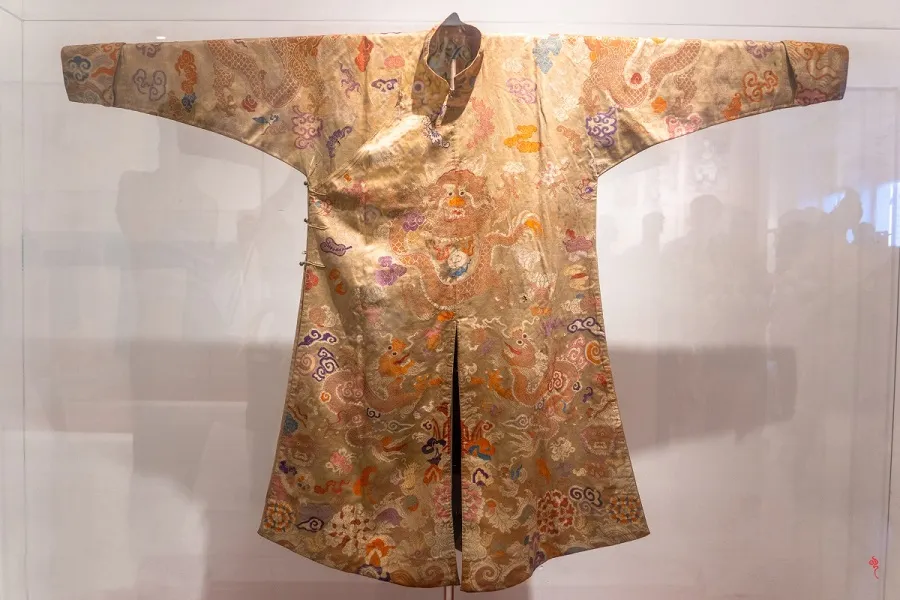
Moreover, this space also introduces the culture of other Asian countries like India, Thailand, Cambodia, Laos, Myanmar, Indonesia, Malaysia, and Singapore. Visitors have the opportunity to view artistic works, jewelry, and pottery, and learn about the cultural characteristics, religious beliefs, and histories of these nations.
The outdoor exhibition area of the museum features a lush garden and a water body, where large cannons used in Vietnam's wars from the 17th to the 20th century are displayed. Visitors can learn about the history, structure, and operation of these cannons, as well as their participation in historical battles such as Rach Gam - Xoai Mut, Dien Bien Phu, Binh Gia, and Tet Mau Than. The garden also houses various plant species, flowers, and wildlife, creating a serene and refreshing atmosphere in the heart of the city.
When visiting the Ho Chi Minh City History Museum, guests should adhere to the following guidelines for the best experience:
- Dress modestly and respectfully, reflecting respect for Vietnamese culture and history.
- Maintain general cleanliness: do not litter, avoid eating and smoking in the exhibition areas.
- Respect the artifacts and documents: do not touch, write on, or damage the exhibits.
- Follow the rules and instructions of the museum staff: do not enter prohibited or dangerous areas, maintain quietness, and avoid disturbing others.
- Bring cameras or phones for memorable photos, but avoid using flash and respect the museum's photography regulations.

Close to the Ho Chi Minh City History Museum, you can find luxurious and convenient hotels for your stay:
- InterContinental Saigon Hotel: A 5-star choice located at 39 Le Duan, District 1, just 1.5 km from the museum. The hotel offers 305 upscale rooms with amenities like restaurants, bars, swimming pools, gyms, spas, and conference centers. Room prices range from 2.5 million to 6 million VND per night.
- Caravelle Saigon Hotel: Another 5-star hotel at 19 Cong Truong Lam Son, District 1, about 2 km from the museum. With 335 luxurious and comfortable rooms, the hotel is known for its rich history, having hosted numerous significant personalities and served as the broadcasting center for CBS during the war. Prices vary from 2 million to 5 million VND per night.
- Liberty Central Saigon Citypoint Hotel: A 4-star option at 59 - 61 Pasteur, District 1, also about 2 km from the museum. This hotel has 171 modern, well-equipped rooms with facilities like restaurants, bars, swimming pools, gyms, spas, and conference centers. Room rates range from 1.5 million to 3 million VND per night.
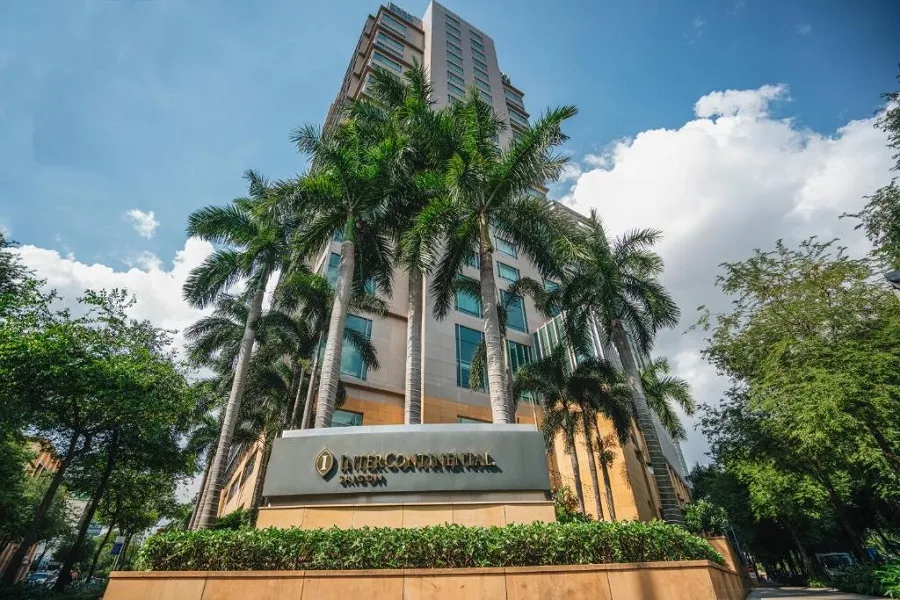
While visiting the museum, don't miss the opportunity to enjoy the unique flavors of local cuisine at the following places:
- Cô Ba Sài Gòn Restaurant: Known for traditional Saigon dishes such as bánh xèo, bánh khọt, bánh cuốn, bánh bột lọc, and bánh canh. Located at 59 Nguyen Du, District 1, about 1 km from the museum, this restaurant offers a spacious and well-decorated space with antique paintings and objects. Prices are reasonable, ranging from 30,000 to 100,000 VND per dish.
- Ngon Restaurant: A luxurious restaurant serving a variety of Vietnamese dishes like phở, bún bò, bún chả, bánh mì, gỏi cuốn, and chả giò. Situated at 160 Pasteur, District 1, 2 km from the museum, the restaurant features an attractive and sophisticated space. Prices are fair, varying from 50,000 VND to 200,000 VND per dish.
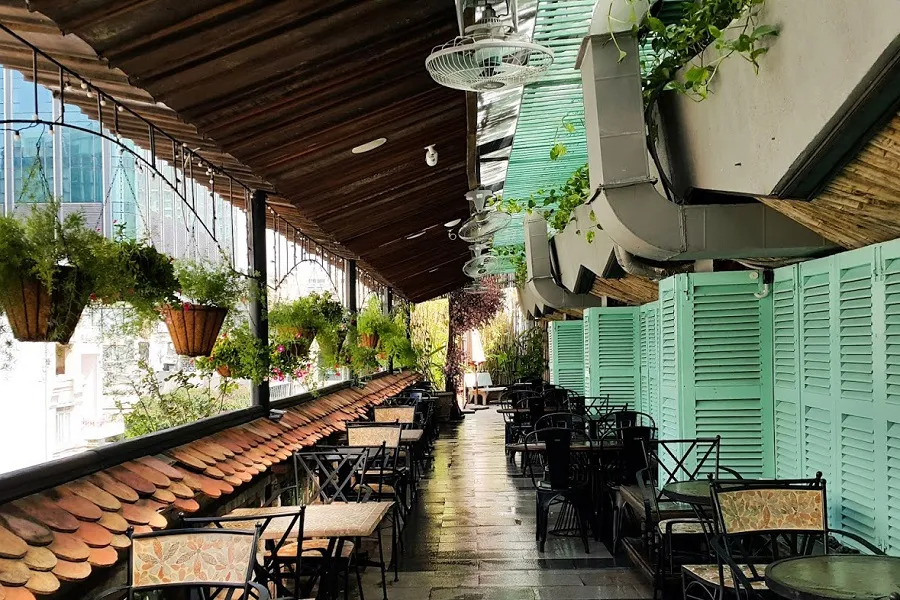
The Ho Chi Minh City History Museum is not only an interesting destination for history and culture enthusiasts but also an opportunity to explore and enjoy the unique flavors of local cuisine.
Some attractive tourist destinations in Saigon:
Copyright © 2022 BDATrip.com | All rights reserved.